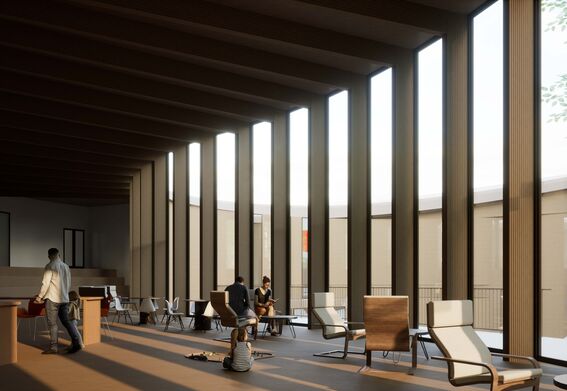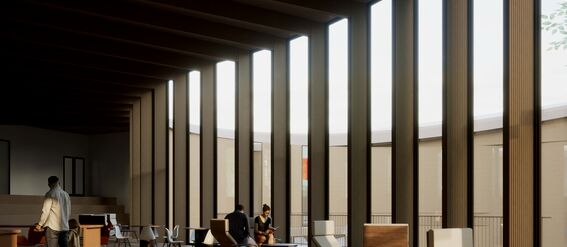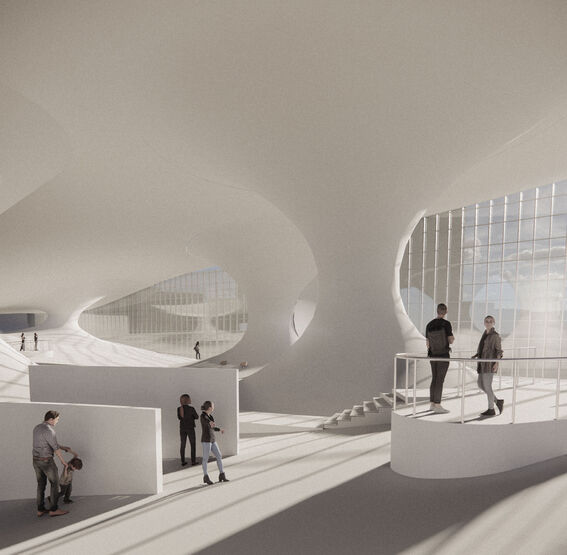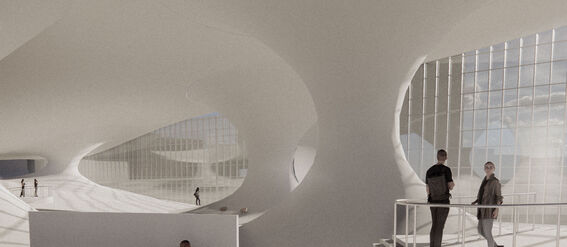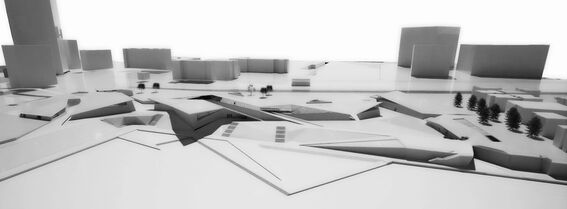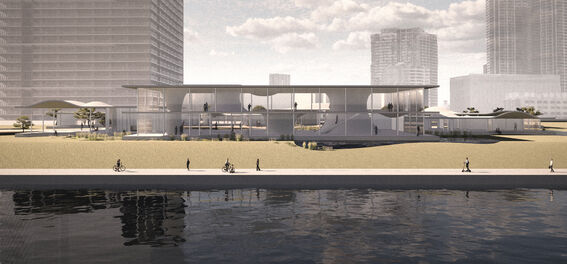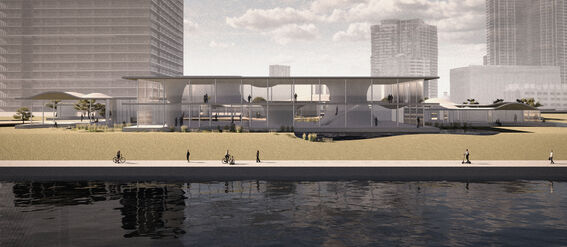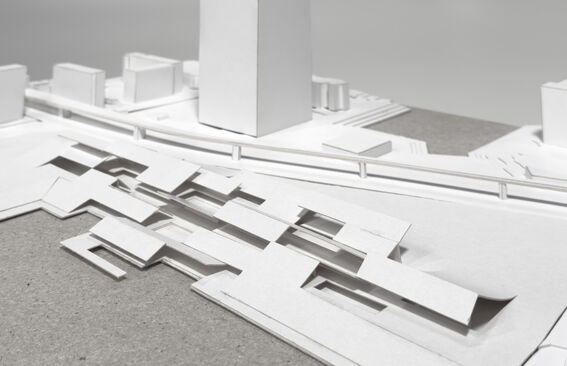Advanced building design studio, spring 2023 — Nature metaxography in Toyosu, Tokyo

Introduction
The assignment was to design a Maritime Centre to Toyosu area, Tokyo. The activities of the centre are educational, scientific and recreational.
The floor area of the new complex is app. 10.000 sqm.
The project has a thematic emphasis, which is relationships between man-made constructions and nature. We will continue the pursuit on metaxography (study of relationships) with a focus on this specific relationship. The project will also contribute to understanding and protecting sea nature. In addition to generic spaces (such as office rooms, meeting rooms and mobility areas), the spaces will include maritime-related activities.
Generally the course was based on the following assumptions:
1) Sea areas should be equal to parks on land in land use from the viewpoint of ecosystem services.
2) Biodiversity of the sea should be as important as on land (including habitats for e.g. algae and mussels).
The methodological focus was on the development of ”metaxography” in architecture – design based on relationships. The normative design in the built environment has traditionally focused on building as a product and not on experience and interaction, which are the essentials of ontographic anthropology. An anthropological perspective in architectural design creates a unique opportunity to describe current practices meaningfully and supports a progressive anthropological change in the conception of architecture.









